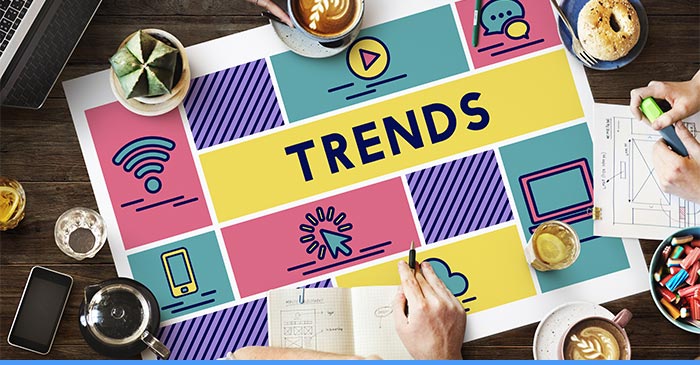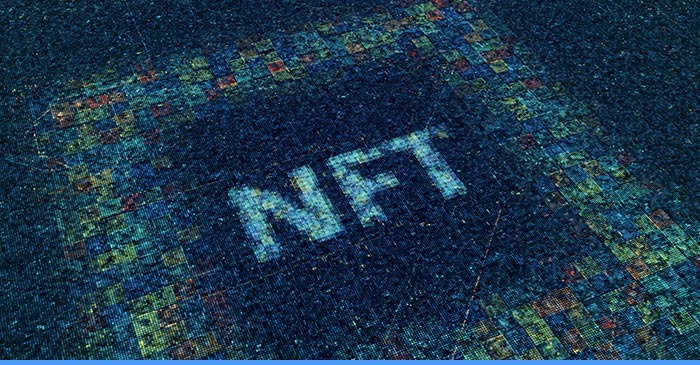
New technology has enabled a rapid shift in product design. The days where trends stayed for decades are long gone. Each year brings some new product design trends. Consumers are interacting with brands through internet-based applications and channels more than ever before. That means new trends are reflected in the digital space.
It makes sense to keep an eye on what’s happening so that you can design your products and websites to maximize user engagement. Here are some new trends in product design that we think will be the hallmark of 2022.
Top 10 Product Design Trends in 2022
1. Sustainability
Environmental awareness is not just a marketing buzzword anymore but a way of processing and packaging goods and services. People are becoming increasingly concerned about climate change and every effort to contribute to reducing the impact is used to fashion a product these days.
Going green, therefore, means using recyclable or biodegradable parts and packaging, using natural materials, employing green hosting for websites, or simply contributing to an environment-friendly cause by donating a portion of the revenues to it.
2. VR Experiences

Facebook’s (now Meta) recent foray into the VR space has been a long time coming since the early days of virtual reality. VR has gradually become accessible to home users, with quite a few hardware choices being available along with many games and virtual tour apps. Add in augmented reality and mixed reality, and you have another dimension of engaging applications to add to the virtual user experience.
With Metaverse, we will start to see more work-oriented applications based on this technology. Designers will have more freedom to consider immersive world-building as a serious element in their products and services, and product design trends in 2022.
3. Motion Graphics and Animation Design
Motion graphics and animations are the latest innovations in website design that focus on subtle cues between users and digital products. The end result is a set of micro-interactions that improve a user experience while giving your website a fresh, modern feel. The latest mobile devices are packed with sensors that allow interactions through hand gestures, making your website engaging for the users.
4. Ecosystems
Ecosystems have been around for a while. We have seen big brands like Apple, Microsoft, Google, and Samsung launch a range of products and services that are compatible with their flagship products. Ecosystems encourage customers to ‘buy in’ to their favorite brands’ range of products. We will continue to see more of this trend in product design, especially from small, startups that are setting up e-commerce portals to market branded merchandise to complement their main product offerings.
5. Non-Fungible Tokens (NFTs)

NFTs are works of digital art (in other words, a bunch of pixels) that are uploaded to a server and registered on a blockchain network (a digital ledger). NFTs are unique assets that can be traced back to verified owners on the blockchain.
Despite the boom experienced by savvy internet entrepreneurs, NFTs remain a controversial topic mostly due to the intangible nature of digital assets and the reputation of cryptocurrencies that are also linked to blockchain tech.
However, that has not stopped people from creating and selling NFTs. It is only a matter of time before a more accessible solution comes out for the general user. We’ll be seeing more NFTs being created since they do help creators make money by allowing owners to receive a market-based price for their crypto art.
6. Material Design
Google’s Material Design is a language that consists of web design components and tools intended for developing modern UI design. Material Design includes open source elements that can be used to make visually-impressive online experiences. Designers can use libraries of code that add 3D visuals, realistic lighting, and interactive animations to their web apps.
Google has put a lot of effort into this system and we believe more android and web developers will use this throughout the year, making it one of the biggest product design trends 2022.
7. Simple Logos
Many brands – such as Volvo, English Premier League, and Mastercard – are using simplified branding and product design trends to appeal to a new generation of customers. This simplification is achieved by removing unnecessary details such as emblems, slogans, and colors. The end result is a simple design that emphasizes the typeface to give the logo a minimal, yet powerful look. Some brands like Burger King have gone back to using older logos, albeit with a slightly fresh look.
8. Expressive Typography
Website and graphic designers are using a variety of fonts with expressive typography to create appealing websites and app themes. Typefaces in these fonts are bolder and fancier, giving a personal touch to the product design. New trends include retro styles with curves and classic material textures, heavier typefaces with thick or stretched characters, and 3D fonts. We’ve also seen other styles coming up like pixel art being used for displaying text. This kind of typography is a strong departure from conventional fonts used in documents and website designs. You’ll find some of these fonts in premium stores, but many designs will also be original.
9. Minimalism and Accessibility
Minimalist product design is making a resurgence. Minimalism incorporates simple color schemes (often just 1 or 2 colors) with a simple menu design. A minimal design pairs well with sustainable packaging that uses low-cost printing solutions. It also caters to the need for accessible designs that allow all users – including those with disabilities – to easily navigate and interact with websites to quickly find what they need. For anyone who wants to incorporate easy CTAs, minimalism is a great option to get the desired results.
Designers are now using the minimalist approach to speed up UX design workflows. They can also provide scalable design solutions to clients that can readily meet the needs of their growing business.
10. Artificial Intelligence
Artificial Intelligence is perhaps the most impactful design trend for 2022. AI involves computer systems that use a combination of math and code to detect previously unknown patterns that can be used to solve complex problems. As you may have already guessed, there are problems to solve in just about any industry.
From a design perspective, AI is increasingly being used to design products with features optimized to give the best user experience. Artists can also use the power of AI to create stylistic or photorealistic art assets. Therefore, AI is a bonus for product designers as it automates the testing and creative processes, thus, saving precious time and money.
Professional Product Design Solutions
With all these new product design trends coming up, product design can seem challenging for anyone looking to start their own online business. However, it’s a great idea to consult a professional web design agency like Arturo Digital. At Arturo Digital, we have a multi-certified team of professionals who will help you design and build a brand tailored for success. Contact us today for further details or queries.